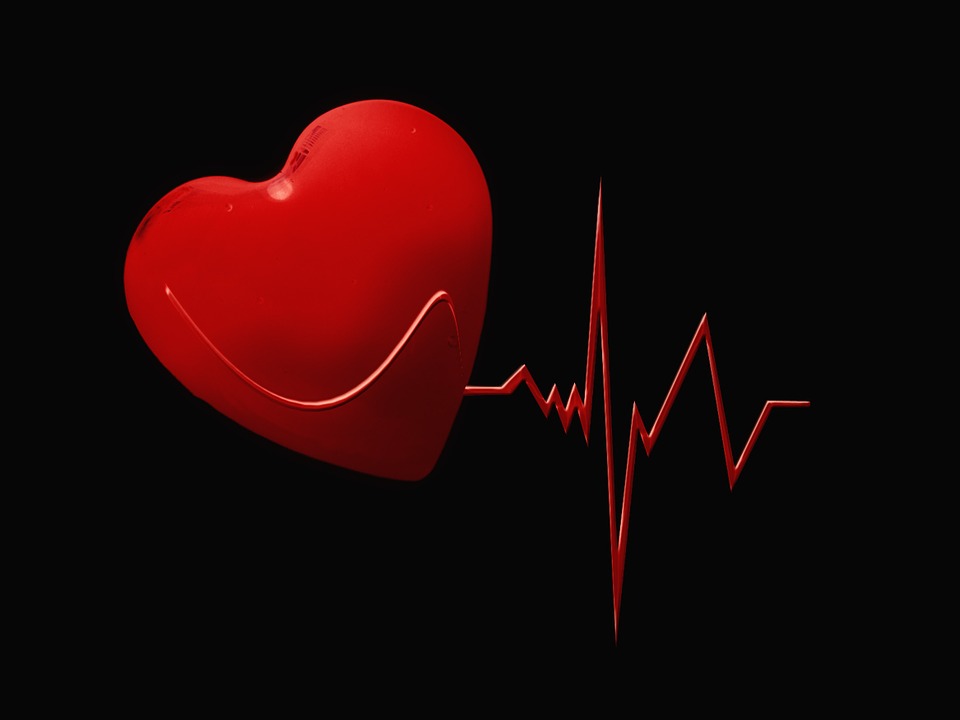Health Benefits
Listen to Your Heart: Ultrasounds and the Cardiovascular System
With Valentine’s Day just around the corner, it only makes sense to talk about the heart. As we all know, a healthy heart is a key part of our health, and as such, having a healthy, strong heart is a must for a productive life. However, there are often times, that no matter how much one might endeavor to have a healthy heart, there are concerns that come along where we need to get a better picture of what is happening with our heart so that we can make changes. It is during that time, that taking advantage of any and all medical advancements is a must. One of the more modern approaches to determining heart health is the ultrasound.
In introducing ultrasound to the cardiovascular examination process, doctors are able to get a clearer picture of what is going on within one’s heart. Better yet, it is typically achieved with only mild, if any, discomfort but not pain, does not require the use of ionized radiation, takes less than 45 minutes to perform, and is less expensive than other cardio imaging methods. A definite win for all those involved!
So how is ultrasound – sometimes referred to as sonography – used when applied to the cardiovascular system? Here are but a few ways physicians are using ultrasound to help.
1. Evaluating blockages or clots that hinder blood flow
2. Locating narrowing blood vessels
3. Identifying tumors and congenital vascular malformations
4. Noting reduced or absent blood flow to various parts of the body
5. Determining greater than normal blood flow to other parts of the body and identifying if there is an infection.
6. Minimizing the risk of incorrectly placing a needle or catheter in a vein or artery, thus minimizing risk of nerve injury (This is especially helpful when treating cardiovascular issues in children!).
7. Evaluating a connection between an artery and a vein that can be seen in congenital vascular malformations.
8. Monitoring blood flow to organs and tissues on the body.
9. Determining if a patient is a good candidate for angioplasty.
10. Finding out if there is an aneurysm.
11. Evaluating the success of procedures that graft or bypass blood vessels.
12. Determining the status of varicose veins.
The heart is a sensitive organ, and as such, great care must be taken to add length to its years. Because the ultrasound units are portable and easier to use, having an ultrasound makes identifying the problem and then treating it makes this much more doable. The versatility of a bedside ultrasound unit makes it perfect for examining patients easily, and the results it reveals should not ignored.
The National Ultrasound team knows the value ultrasound and encourages you to get one in your office sooner rather. Call today to learn more about the options available!

